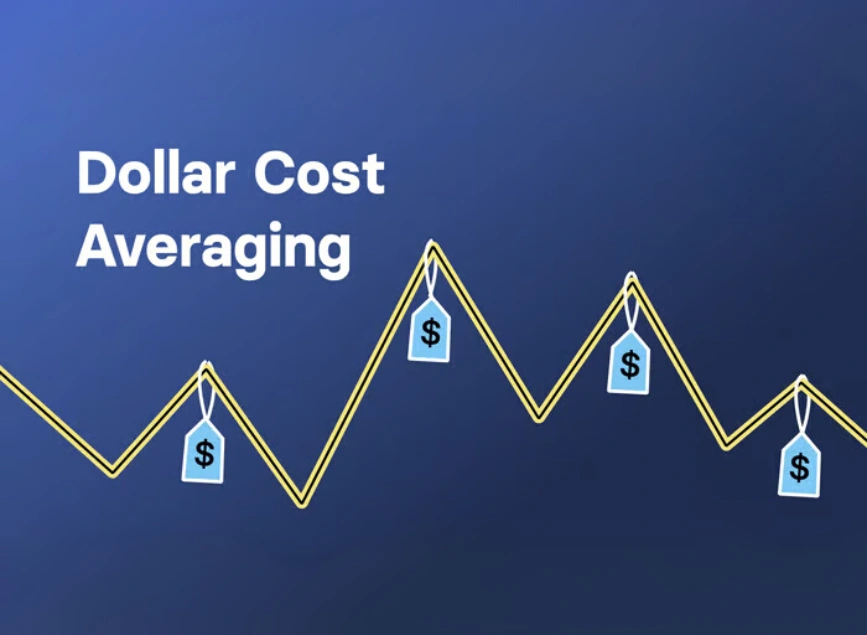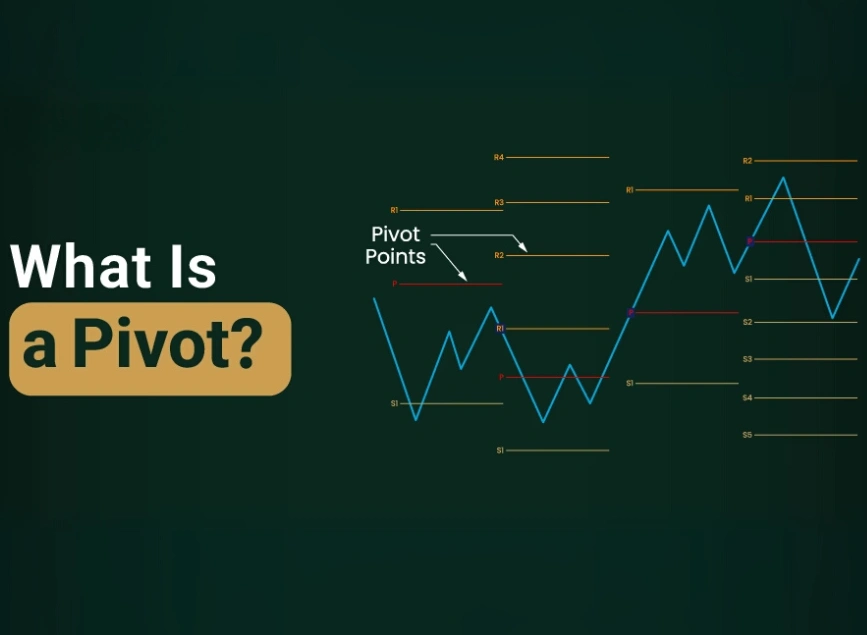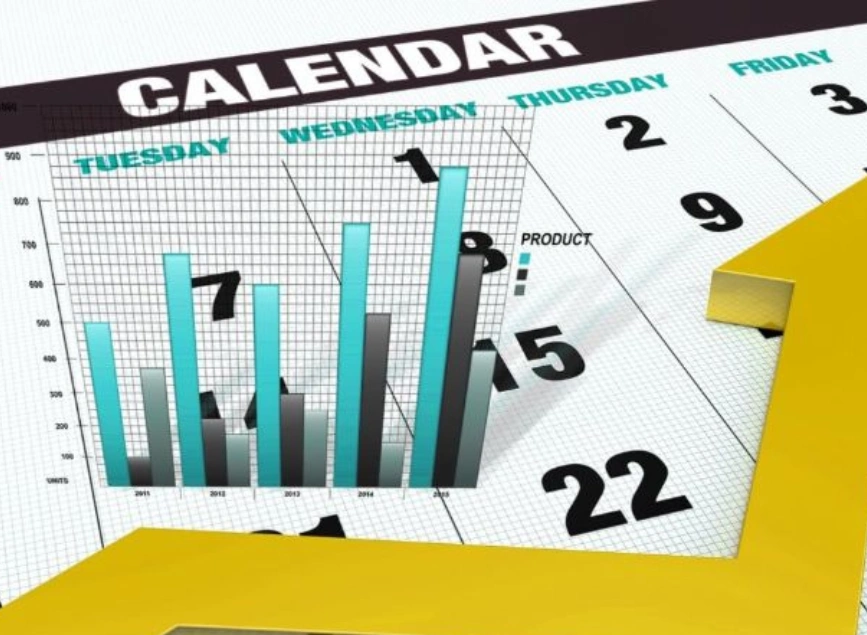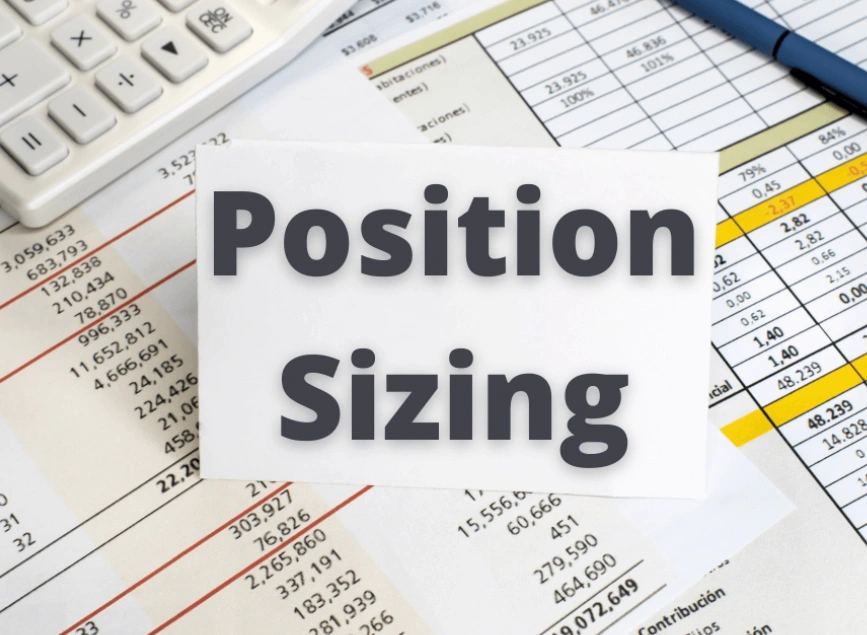
Step Buying Strategy: Phase Investments for Smoother Gains
Estimated reading time: 3 minutes
Table of contents
Investing a large sum all at once feels risky, what if the market dips immediately after? That’s why step buying strategy exists. It spreads your investment over time to reduce risk, manage emotions, and improve long-term results.
In this article, you’ll learn what step buying is, why it matters, and how to implement it effectively in your investing plan.
What Is Step Buying?
Step buying (also known as phased or staggered investing) means dividing your total investment into multiple smaller purchases over a period instead of investing everything at once.
This approach helps you:
- Reduce the impact of market volatility
- Lower the risk of buying at a peak price
- Average your cost per share over time
It’s similar to dollar‑cost averaging (DCA) but with more control over timing and size based on your plan and market conditions.
Why Step Buying Helps You Invest Smarter
1. Reduces Timing Risk
By spreading purchases, you avoid the danger of entering the market at the wrong moment, like just before a dip.
2. Smooths Out Volatility
You’ll follow price trends over time, capturing highs and lows. Your average cost tends to be smoother.
3. Reduces Emotional Stress
Instead of making a big, anxiety-driven entry, smaller steps help you stay calm and disciplined.
4. Flexible and Adaptable
You may adjust step sizes based on news, valuations, or technical analysis, unlike rigid DCA.
Read More: How to Build Your Own Trading Strategy (Step-by-Step Guide)
Step Buying vs. Lump-Sum vs. DCA
| Strategy | Description | Risk Level | Best For |
|---|---|---|---|
| Lump-Sum Investing | Invest entire amount at once | High – timing dependent | Bullish markets |
| Dollar-Cost Averaging (DCA) | Invest equal amounts at fixed intervals | Moderate – systematic | Discipline-driven investors |
| Step Buying | Invest phased amounts but adjust timing | Lower risk, flexible | Control + risk-averse traders |
How to Implement a Step Buying Strategy
- Determine Your Investment Goal
Example: invest $10,000 in an ETF or stock over 3–6 months. - Define Purchase Stages
Break it into 4–6 phases, for instance, $2,000 every 3–4 weeks. - Use Technical or Fundamental Triggers
Buy more during dips, or when bullish signals appear. Combine with valuation analysis. - Track and Adjust
If the market drops significantly, you can accelerate phases; if it rallies, you may scale back. - Stick to Risk Management Rules
Treat each tranche as a separate position with its own stop loss and risk cap (e.g., 1–2% of capital per tranche).
💡 When Step Buying Works Best
- 🚧 During uncertain or volatile markets
- 📉 When valuations seem high and you suspect potential dips
- 🧘 If you prefer a smoother entry over emotional timing
- 📈 For long-term investments where perfect timing isn’t critical
✅ Summary
Step buying strategy helps you ease into investments with a careful, phased approach. It reduces risk, curbs emotional stress, and allows flexibility compared to lump-sum buys or rigid dollar-cost averaging.
👉 Your next step: pick a trade idea, split your investment into 4 phases, and test it over upcoming weeks. Share how it changes your results or decision-making process!
❓ FAQ
1. How is step buying different from dollar-cost averaging?
Step buying allows flexible timing and amounts based on market conditions, while DCA is a fixed schedule regardless of price
2. Does it guarantee better returns?
No. It smooths risk and cost over time, but doesn’t guarantee outperformance. It’s best combined with solid analysis and discipline.
3. Is step buying suitable for beginners?
Yes, especially if you have a plan and patience. Beginners benefit from pacing entry without the stress of market timing.
4. Can this work for other assets like crypto or bonds?
Absolutely. The principle applies to any asset with price volatility, just adjust phase timing and frequency accordingly.
Share
Hot topics

Will 2026 Be a Turning Point for Crypto Regulation in the U.S.?
The cryptocurrency world is gearing up for a transformative year as a pro-crypto administration, led by Donald Trump, prepares to take charge in the United States. With a Congress expected...
Read more




Submit comment
Your email address will not be published. Required fields are marked *